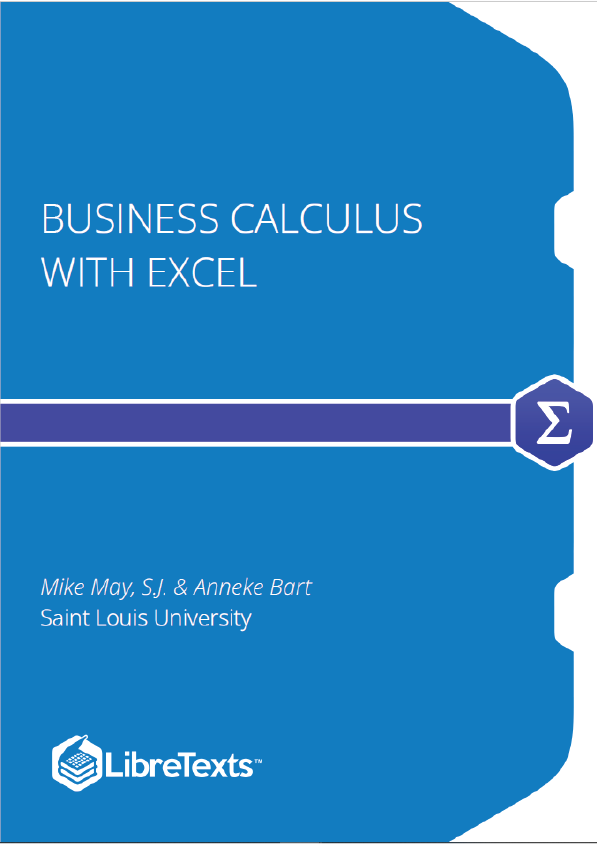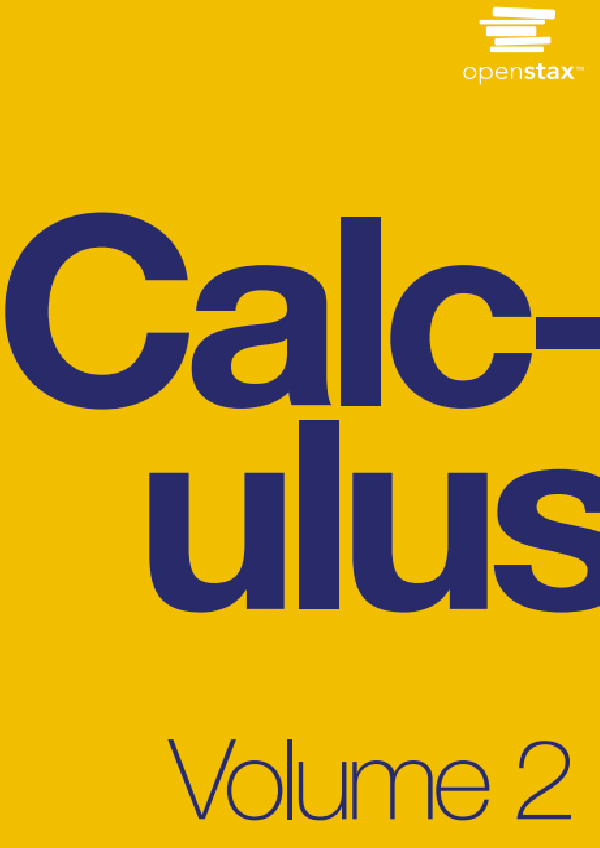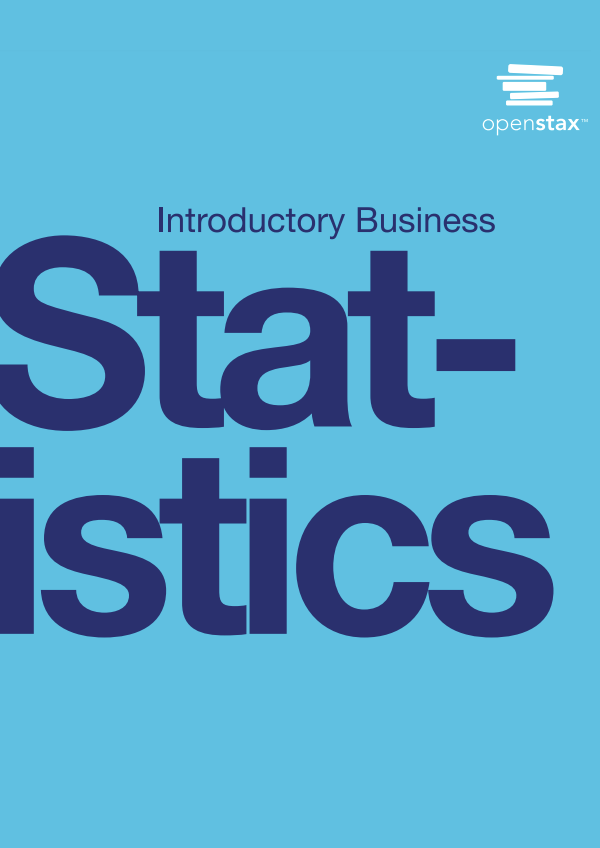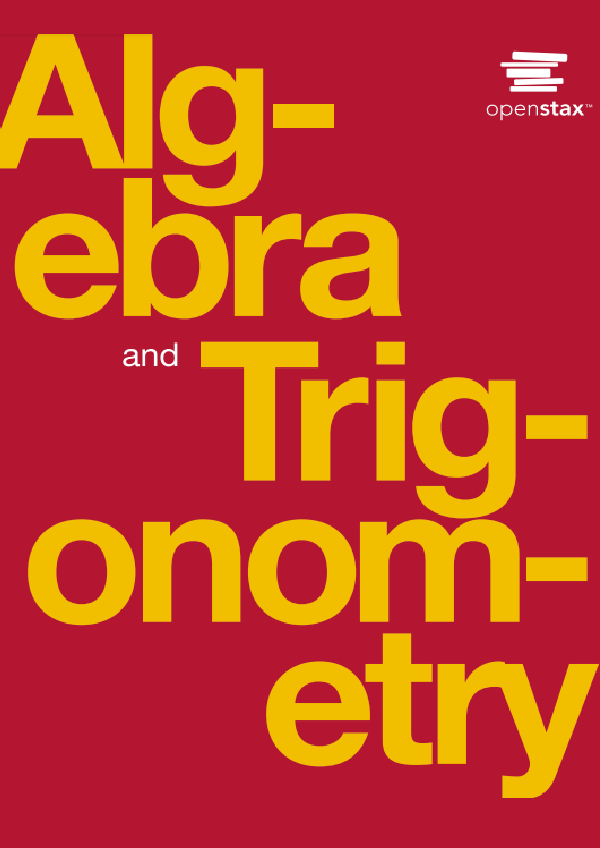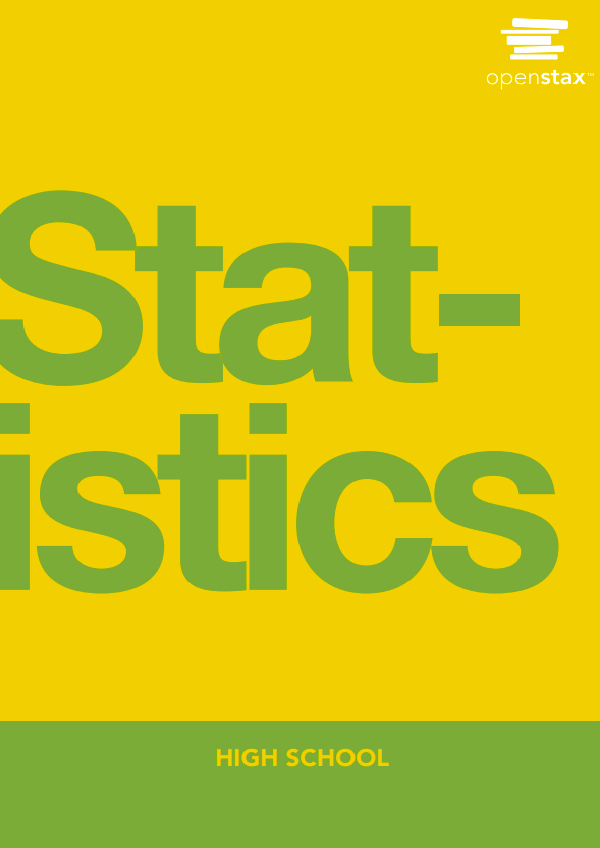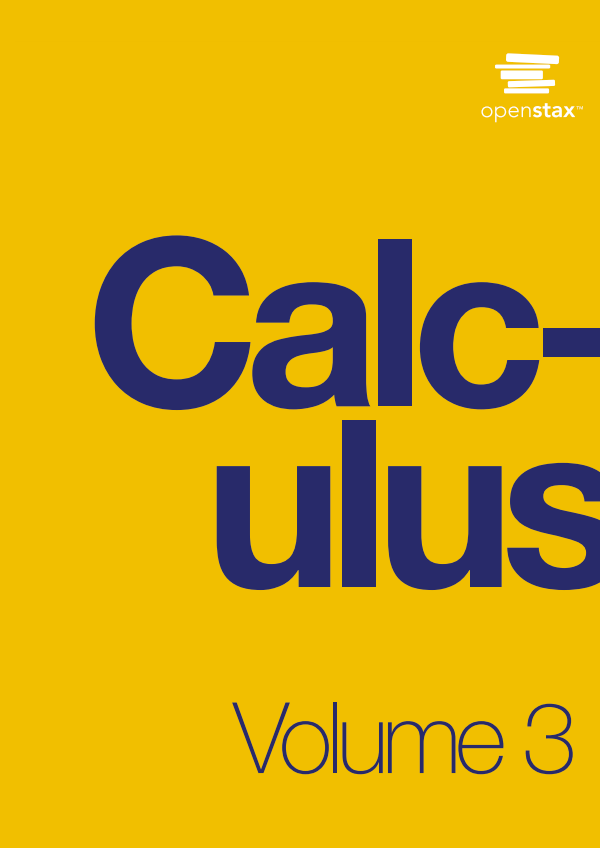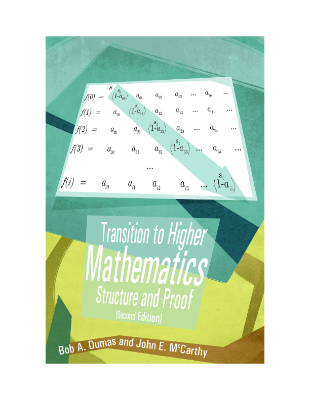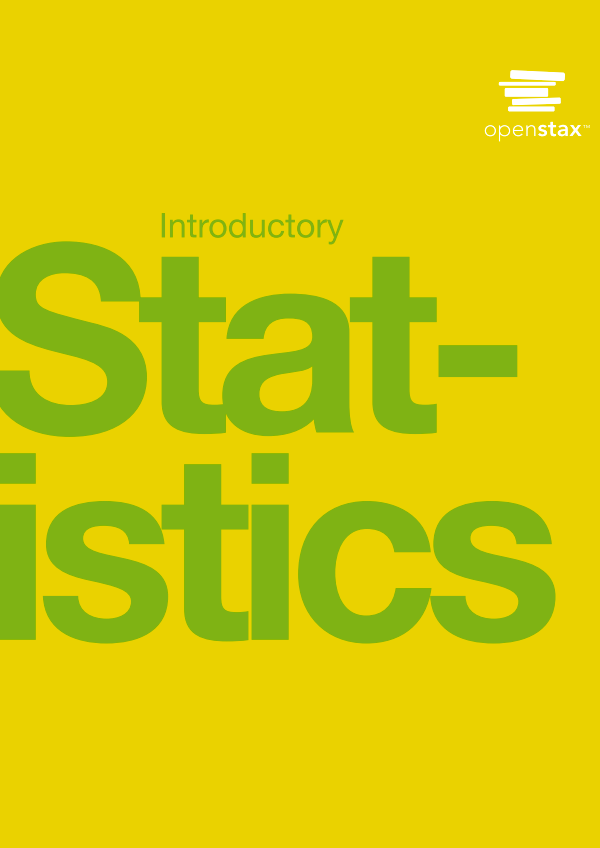This text is intended for a one semester calculus course for business students with the equivalent of a college algebra prerequisite. Rather than being a three-semester engineering calculus course that has been watered down to fit into one semester it is designed for the business students.
Linear Functions and Models
We will start this chapter with a review of linear functions. In business there are quite a few examples of linear equations. Examples include supply and demand functions. There are some standard concepts related to lines that we will review, including the slope.
Following the conventions of microeconomics, we will often use the variables p and q, for price and quantity, rather than x and y. We will also follow the conventions of economics in treating quantity as the independent variable. (The q-axis will be the horizontal axis. A fast web search for supply demand equilibrium will convince you this standard usage.)
Equations of a line
From prior courses, such as college algebra, you will remember that lines can be written in several different forms. If we are given the slope and the -intercept, the slope intercept form will be the equation of choice. If we are given a point and a slope, it might be faster if we use the point-slope form of a line.
Functions in the Business Setting
Not all functions we encounter in a business setting are linear. There are several other families of functions we should (re-) familiarize ourselves with. These models include:
- Quadratic functions
- Exponential functions
- Logistic functions Normal distribution functions
- Sinusoidal functions
Quadratic Functions.
Quadratic functions should be very familiar from previous mathematics courses. They are of the form These are our standard parabolas.
Introduction to Excel Spreadsheets
This book will rely heavily upon the use of Excel, since it is the standard mathematical tool used in the business world. (More precisely, the spreadsheet is the standard tool, and Excel is currently the de facto standard brand. Most of this text can easily be used with other spreadsheets.) However, we do not assume that the student has worked with Excel previously. Throughout the course we will introduce those features of Excel we need to do mathematics and model the business problems we encounter.
While introducing Excel, we will also introduce rules of “Good Excel practice.” In a business environment, spreadsheets should be written so that someone else can easily understand the worksheet, and maintain it for future use. You should assume those same standards when submitting work in Excel.
This section is meant as an introduction to several standard features of Excel we will use often. These include:
- Basic Arithmetic such as add, subtract, multiply etc.
- formulas: allows us to check if the formulas in the cells are what they should be.
- Quick fill: this feature takes a pattern and fills it across a column or a row. Relative and Absolute Reference: when do we refer to a fixed cell and when does the reference depend on our place in the spreadsheet?
- SUM(): Adding a large number of cells can be efficiently done with this feature.
